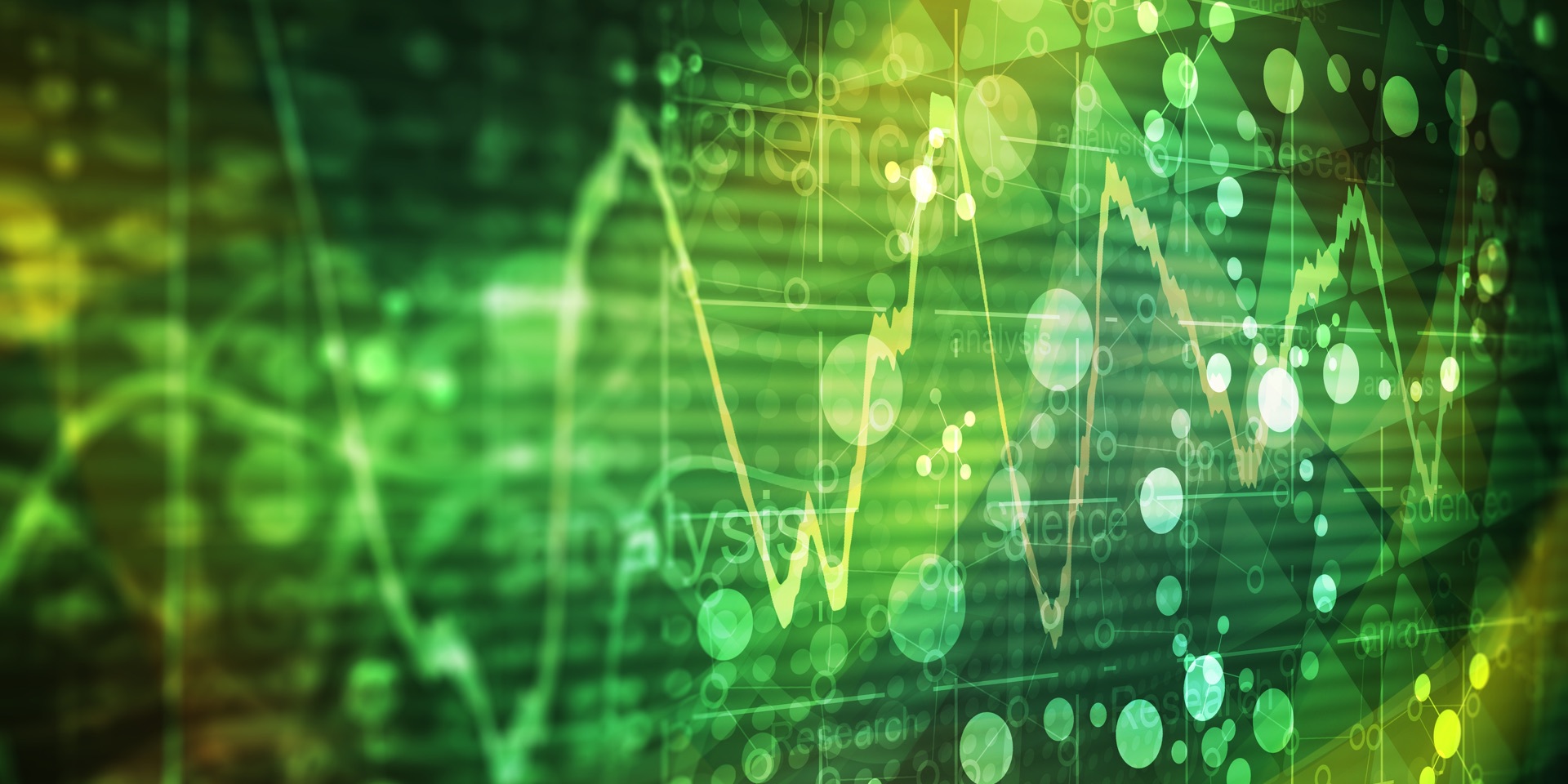Question 1. What makes algorithmica's technology unique?
Simply put, algorithmica uses the latest tested mathematical methods and machine learning systems that produce the models of your plant. Our empirical models are very accurate and improve over time as they continue to learn. A human supervision, e.g. in case the plant changes, is reduced to a minimum. The total cost of ownership over the initial cost is also minimal. The model pays for itself in record time, usually just a few months. For detailed technical information, please talk to us or read our book.
Question 2. For what plants are the solutions of algorithmica relevant?
algorithmica offers a relevant process optimization solution for nearly every type of production process, e.g. power generation, chemistry (both continuous and batch production) and manufacturing. The use of our machine learning optimization and prediction systems are relevant particularly for production processes with high throughput and continuous operation for which throughput and yield are to be increased. We recommend our pattern recognition systems for batch and manufacturing processes that increase quality, reducess scrap and decrease start-up times.
Question 3. Can you optimize more than one goal?
Yes. A combination of various goals is possible and will be defined by us together with you.
You can also define several goals in parallel and select, either manually or automatically, at each time which goal is current. It is also possible to optimize several goal simultaneously, however this requires a conflict resolution method that must be defined.
Question 4. Can goals be modified during the project?
Of course: Yes.
You can also define several goals and switch between them during production.
Question 5. Are there limits to the amount of data or sensors that can be handeled?
No, we have not reached any practical upper limit. Between 1000 and 2000 sensors with a few terabytes of data for one plant are normal values. There are however lower limits when the data is too small to sufficiently resolve the dynamics and thus prohibit modelling. Essentially, little data is more harmful than lots of data.
Question 6. How much data history do I need?
About 12 months are usually a good time period. Starting from 3 to 6 months, reasonable models can be built.
Question 7. Do we have enough data?
Frequently, there are doubts whether the amount or quality of the available data is sufficient for a good analysis. Generally, analysis is always possible: Every amount of data allows worthwhile conclusions to be drawn. In most cases, you actually have more than you think and your data will be sufficient. Data quality can, most of the time, be restored with analysis.
Let us determine together how much information is contained in your data. Mostly, one can derive important new conclusions from that data. Should you be missing data, after an initial screening, we will gladly help you get what you need; in the most economical method possible. This applies to a process step as well as to the whole plant.
Question 8. What interfaces do you offer as standard?
We have standard interfaces to OPC and OSI-PI. The OPC interface connects to every modern control system (DCS) and machine control, e.g. Siemens S7.
Question 9. What results do your systems deliver?
Our systems run in real time and give you suggestions for the values of set-points in your process so that a certain goal value is optimized. Those suggestions are output on computer screens as text and data. The actual decision to implement those suggestions rests with the human operators in the plant. This open-loop concept can easily be transformed to a closed-loop if desired.
Question 10. Do you replace our modelling team?
No. Your team has the detailed expertise of your plant that we cannot replace. We deliver mathematical methods with the expertise of using them. As such, we speed up and increase the success of your team. During a project, we rely on detailed knowledge of the plant by your team and thus cannot replace it but, in fact, require it.
Question 11. Do you have references?
Yes. You can read several case studies, publications or our book that contains 19 real life projects. If you desire, we will arrange a direct contact or visit with a client.
Question 12. When should we use your solutions?
Most people think that they should use our solutions only if they have a concrete problem ... that is not the case. Through using our technologies, you can realize the optimization potential in your process.
